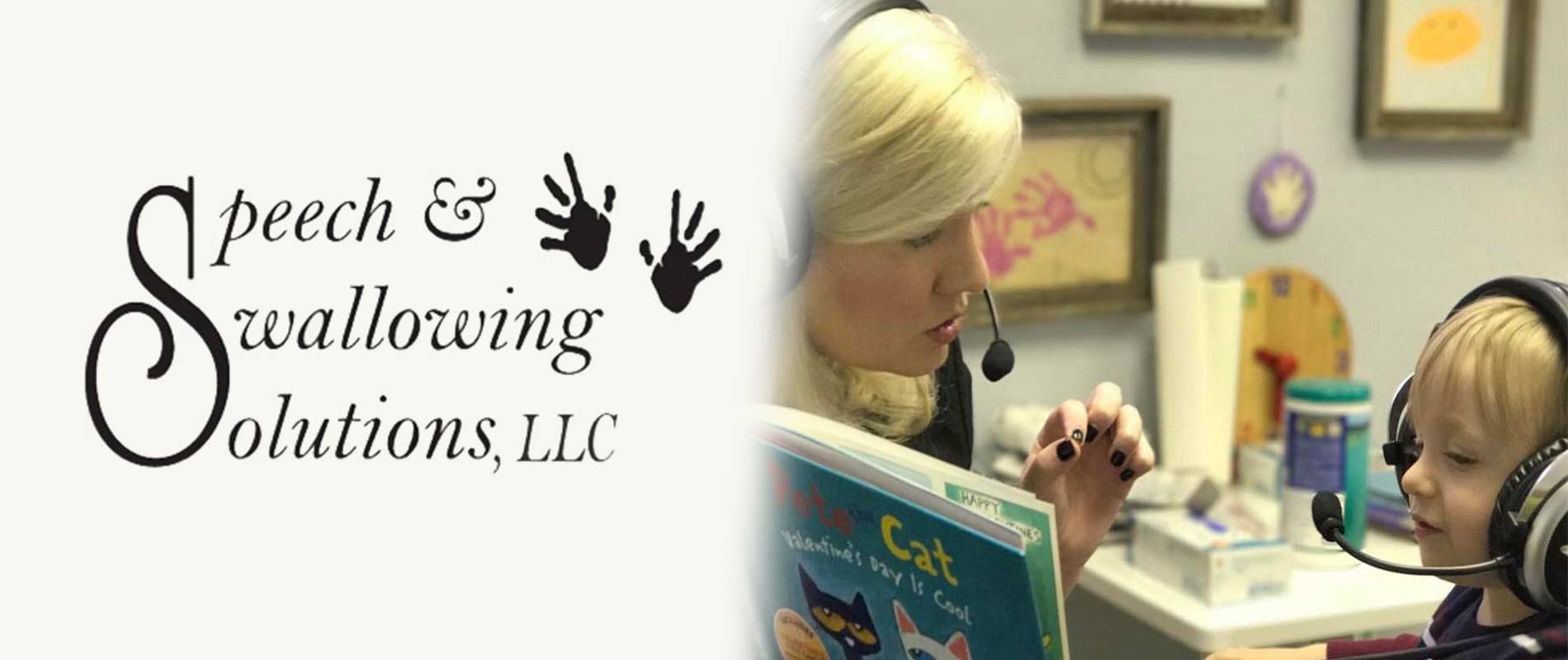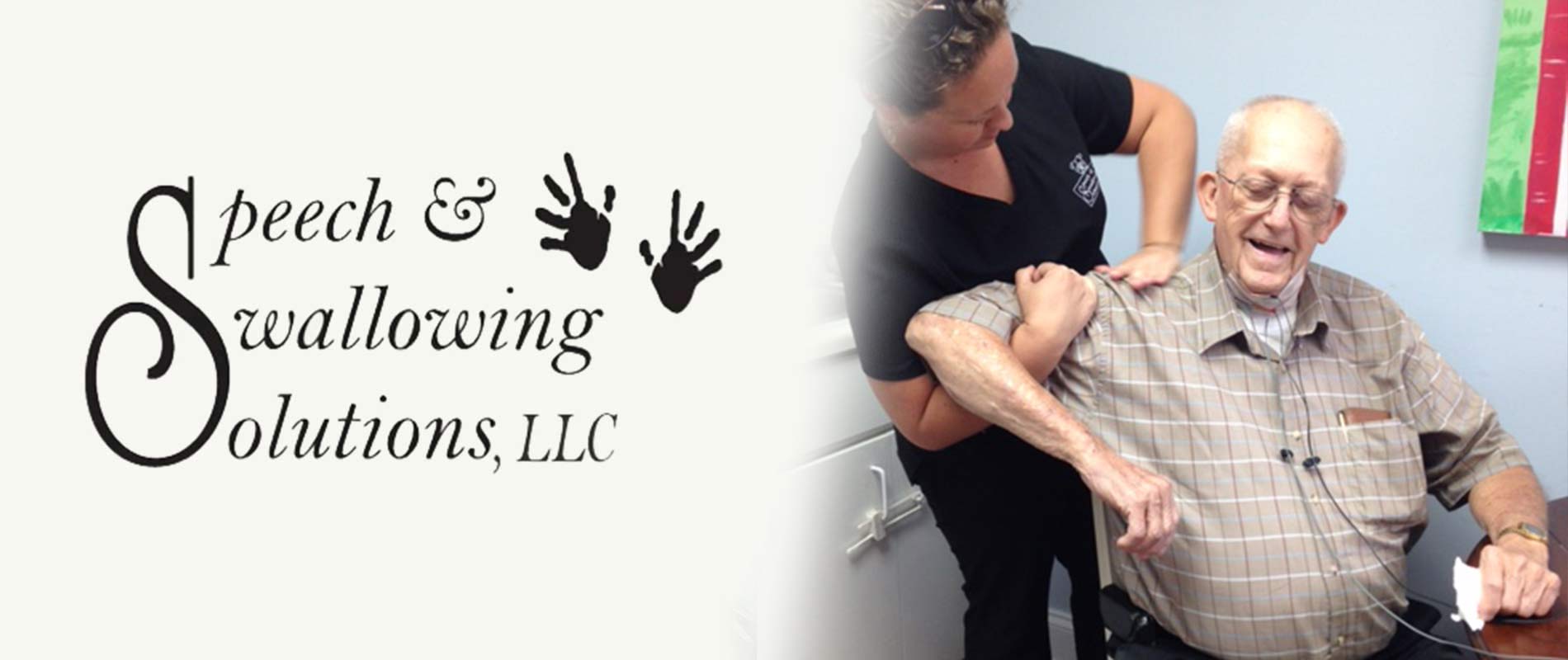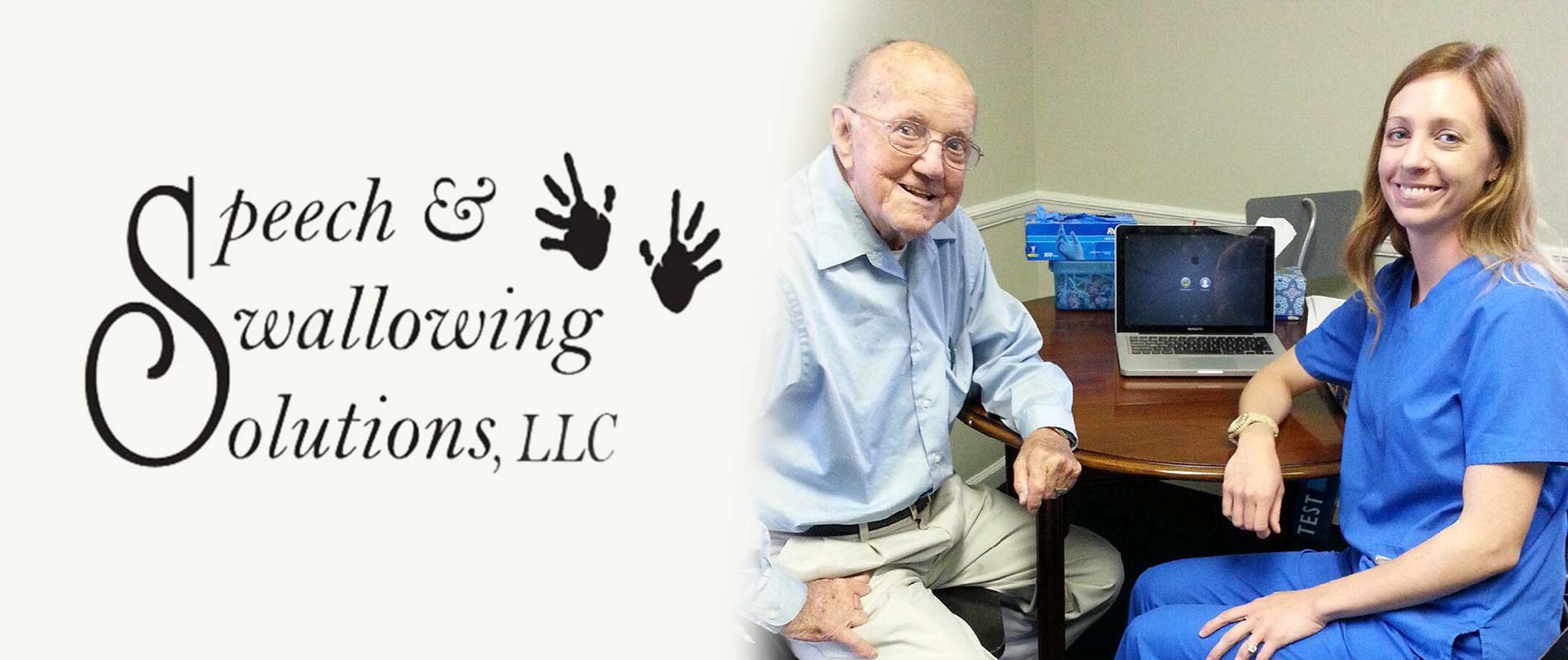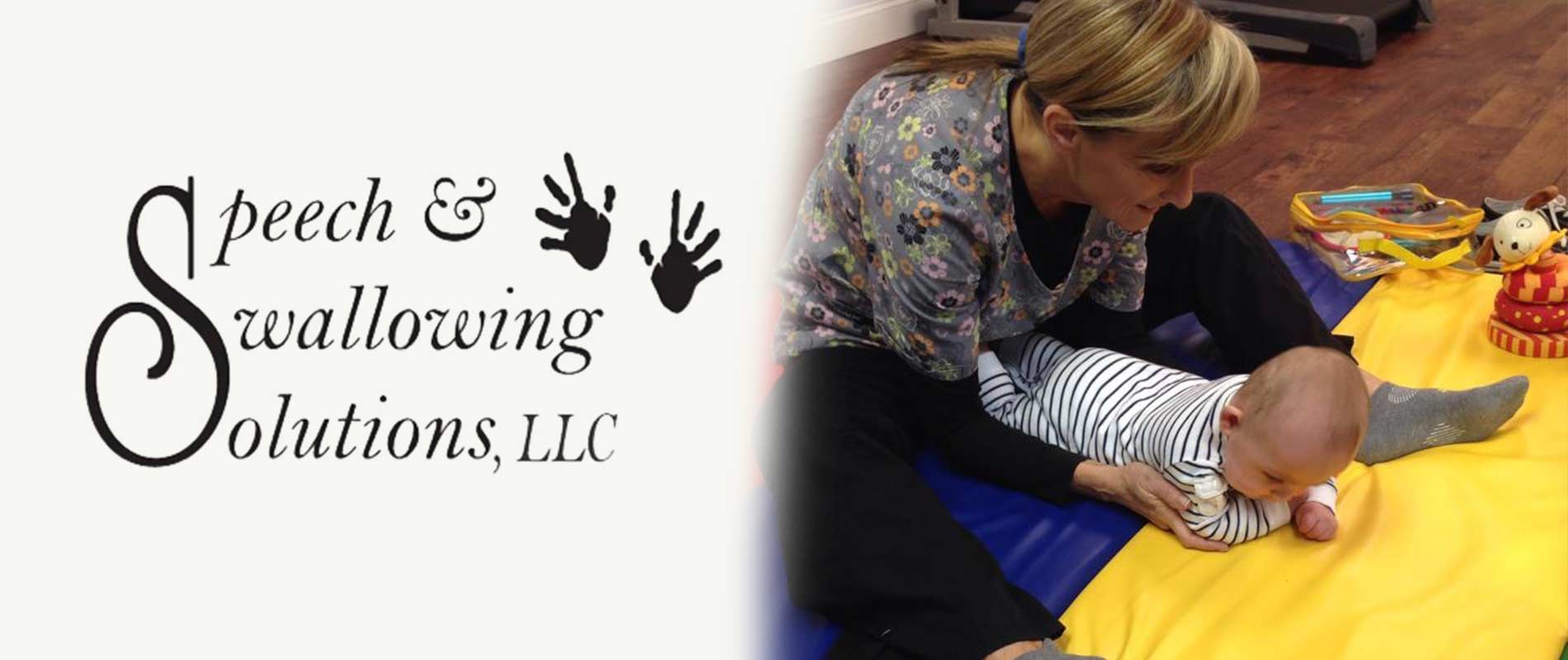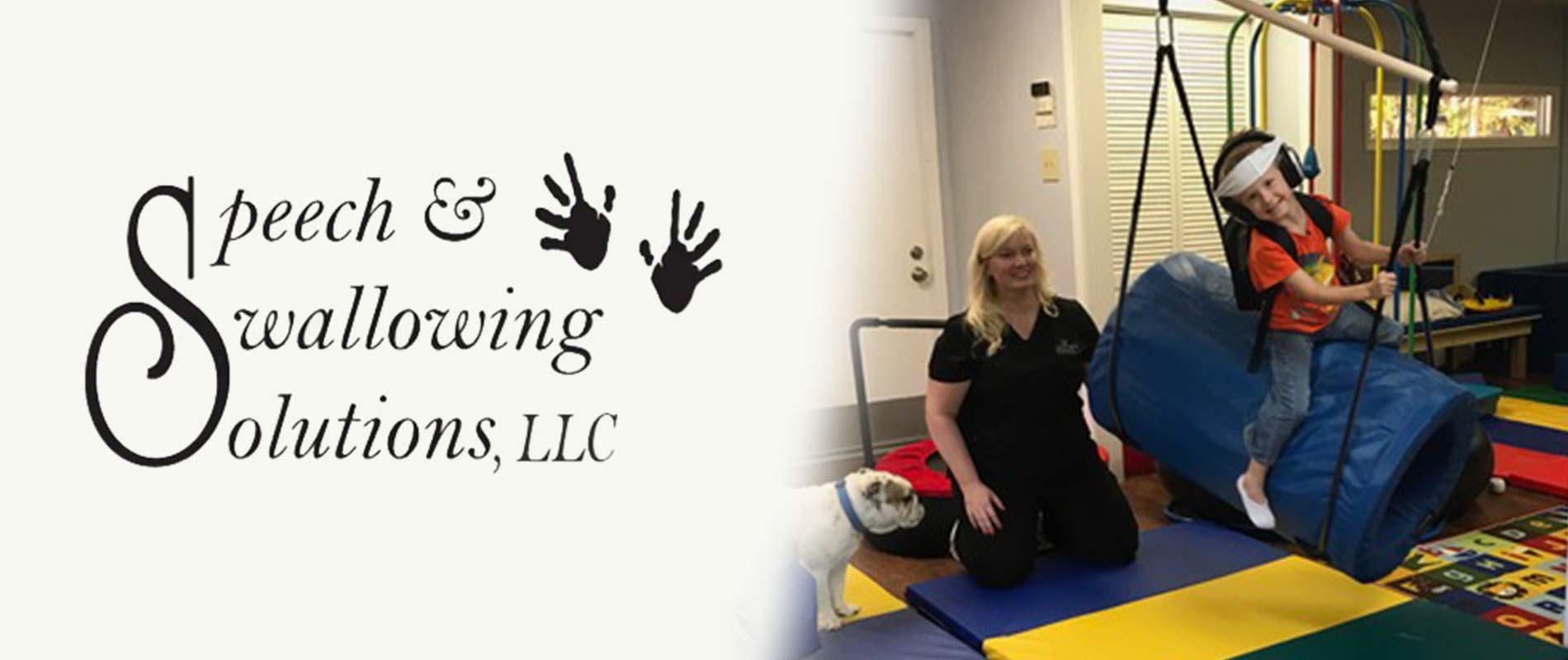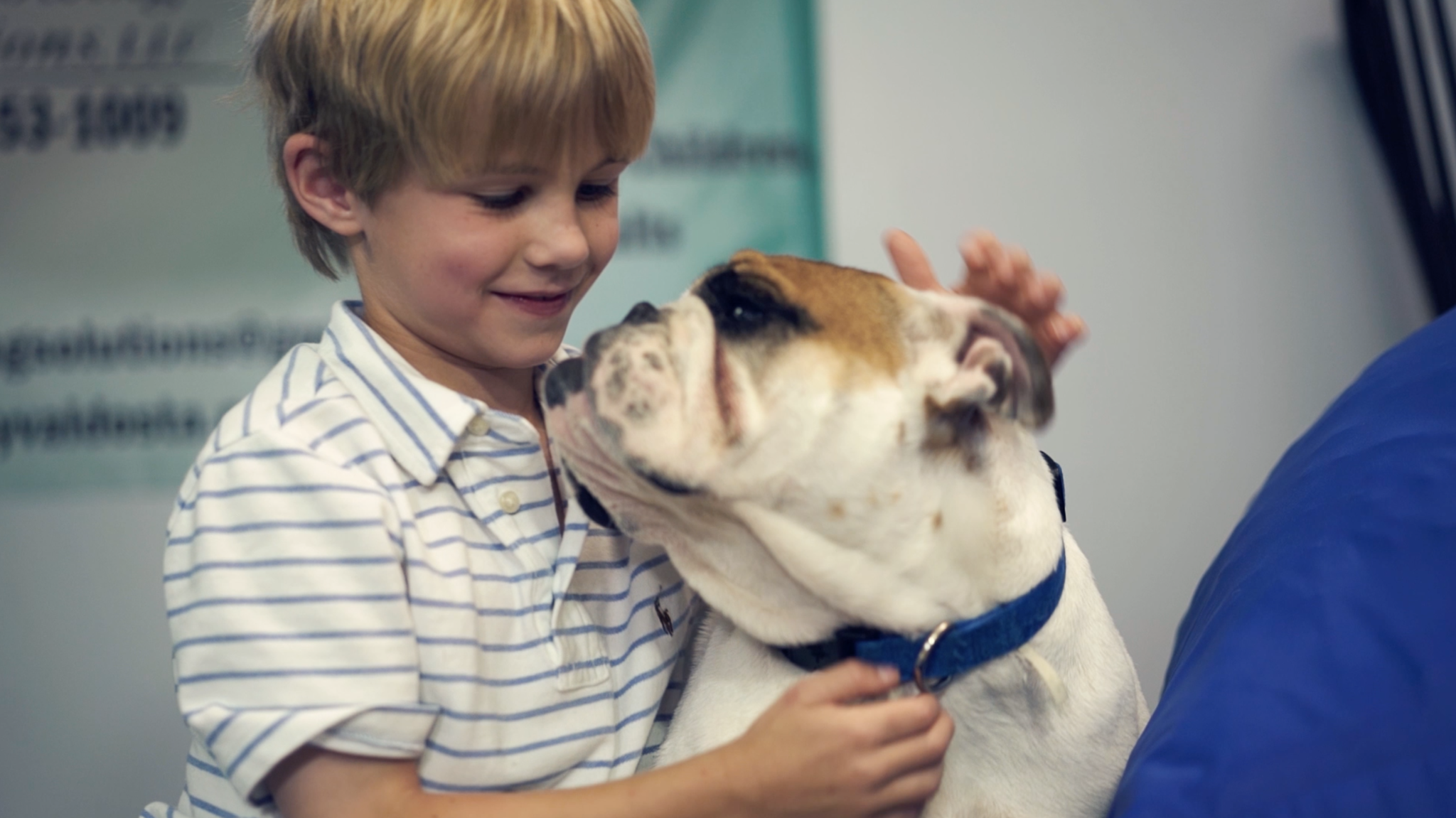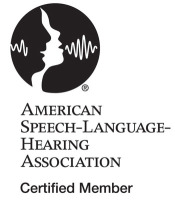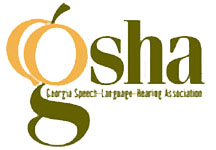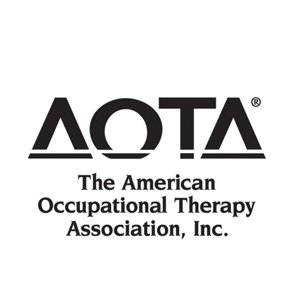Myofascial Release therapy for dysphagia is offered by our clinicians who have participated in specialized training. These manual techniques are used in combination with exercise to reshape, improve flexibility, and facilitate proper movement patterns of connective tissue that may have been damaged or scarred as a result of various medical procedures or disease. The patient who has tightening or ulceration of connective surface tissue may benefit from Myofascial Release treatment.
We attempt to offer the most recent and best treatment strategies, plans and programs for each patient. With hard work (and a lot of fun), we know that we can help you with each unique need or difficulty that you may bring to us.
Complimentary Treatments:
-
Integrated Listening Systems
-
Talktools
-
Vital Stim
-
LSVT LOUD

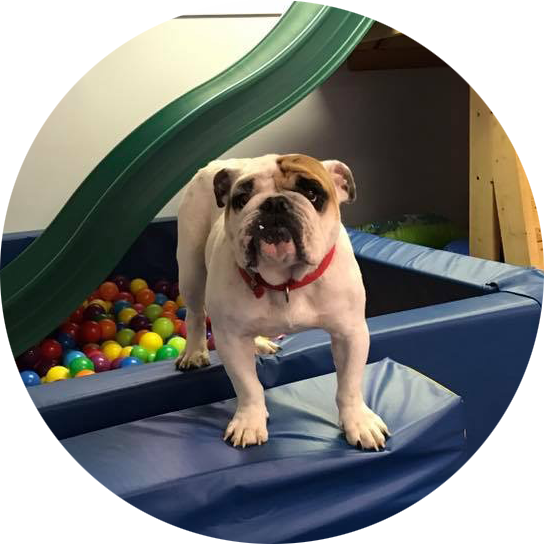

Treatments
Beckman Oral Motor Treatment
The Beckman Oral Motor Therapy uses assisted movement and stretch reflexes to quantify response to pressure and movement, range, strength, variety and control of movement for the lips cheeks, jaw, tongue and soft palate. The assessment is based on clinically defined functional parameters of minimal competence and does not require the cognitive participation of the individual. Because these components of movement are functional, not age specific, the protocol is useful with a wide range of ages (birth to geriatric) and diagnostic categories.
Oral motor skills impact basic survival such as sucking and swallowing in infants that begin by the third month of gestation. Development of these skills enhance the progression from milk to pureed food and table foods. Oral skills also impact the control needed for speech development, from producing the cooing sounds as an infant, to articulating complex words in conversational speech
Vital Stim Therapy for Dysphagia
The VitalStim Therapy System is an adjunctive modality to traditional exercise that unites the power of electrical stimulation with the benefits of swallowing exercises. Combining VitalStim and traditional therapy allows clinicians to accelerate strengthening, restore function, and help the brain remap the swallow. Research has demonstrated that combining these therapies results in better outcomes than using either one alone.
Lee Silverman Voice Treatment
The Lee Silverman Voice Treatment (LSVT LOUD) is an effective speech treatment for individuals with Parkinson disease (PD) and other neurological conditions. LSVT LOUD, named for Mrs. Lee Silverman (Lee Silverman Voice Treatment – LSVT) was developed in 1987 and has been scientifically studied for nearly 20 years with funding support from the National Institute for Deafness and other Communication Disorders (NIDCD) of the National Institutes of Health. Published research data support improvements in vocal loudness, intonation, and voice quality for individuals with PD who received LSVT LOUD, with improvements maintained up to two years after treatment. Recent research studies have also documented the effectiveness of this therapy in improving the common problems of disordered articulation, diminished facial expression and impaired swallowing. Additionally, two brain imaging studies have documented evidence of positive changes in the brain following administration of the therapy.
LSVT LOUD improves vocal loudness by stimulating the muscles of the voice box (larynx) and speech mechanism through a systematic hierarchy of exercises. Focused on a single goal “speak LOUD!” – the treatment improves respiratory, laryngeal and articulatory function to maximize speech intelligibility. The treatment does not train people for shouting or yelling; rather, LSVT LOUD uses loudness training to bring the voice to an improved, healthy vocal loudness with no strain.
Treatment is administered in 16 sessions over a single month (four individual 60 minute sessions per week). This intensive mode of administration is consistent with theories of motor leaning and skill acquisition, as well as with principles of neural plasticity (the capacity of the nervous system to change in response to signals), and is critical to attaining optimal results. The treatment not only simulates the motor system but also incorporates sensory awareness training to help individuals with PD recognize that their voice is too soft, convincing them that the louder voice is within normal limits, and making them comfortable with their new louder voice.
Patients are trained to self-generate the adequate amount of loudness to make their speech understood. While LSVT LOUD has been successfully administered to individuals in all stages of PD, the treatment has been most effective among those who are in early or middle stages of the condition. LSVT LOUD has also been applied to individuals with sub-types of PD (Shy-Drager syndrome, multi-system atrophy and progressive supranuclear palsy), however the largest dataset is for individuals with Idiopathic Parkinson disease (IPD). Recently, LSVT LOUD has been applied to select individuals with stroke, multiple sclerosis, Down syndrome, and cerebral palsy with positive outcomes.
Bright Solutions
A great tutoring system for children, teenagers, or adults who struggle with spelling, reading, and writing due to dyslexia or a learning disability.

What Makes Our Clinic Unique
Family Involvement
Parent-focused education and coaching families move treatment into the natural setting such as home and school.
Customized Plans
There is no cookie-cutter, one size fits all approach. This is why each therapy session is individualized and customized for your child’s strengths and weaknesses.
Continuing Education
Each therapist attends the most recent, evidence based courses several times yearly to offer the best treatment plans for each patient.
Intensive Therapy Model
Our model allows the patient to come to therapy several times a week for 45 minute and hour-long sessions. This intervention allows time to get the patient in the “just right sensory state” and receive maximum benefit from therapy.
Holistic Approach
We believe that effective treatment is grounded in assessment that considers the whole person. In addition to being evaluated by experts in the therapy field, we refer to other professionals who may improve overall treatment results.

